In 2000, the world's worst submarine accident occurred off the coast of Russia. A massive explosion sank the giant nuclear-powered submarine Kursk, killing most of the crew and leaving nearly two dozen survivors stranded hundreds of feet below the surface. An international rescue team was mobilized, but efforts were unsuccessful.
"Hunter" aircraft carrier
One of the Soviet Union’s greatest concerns during the Cold War was the American aircraft carrier fleet. The Soviet Union viewed American aircraft carriers as both launching platforms for nuclear strikes against the country and as a threat to its own nuclear ballistic missile fleet. As a result, the Soviet Union spent a huge amount of money on weapons systems to counter the threat posed by American aircraft carriers.
The Antey-class submarine is one such solution. The submarine, nicknamed “Oscar II” by NATO, is a class of nuclear-powered vessels designed to destroy large ships, especially aircraft carriers. The Oscar IIs are 170 meters long, nearly 20 meters wide, and displace 19,400 tons, twice as much as a destroyer.
To keep up with American nuclear-powered aircraft carriers, each Soviet submarine was equipped with two OK-650 nuclear reactors that provided 97,990 horsepower to the ship. Such power allowed them to reach a maximum speed of 33 knots underwater.
The Oscar IIs are big because they carry very big missiles. Each submarine carries 24 P-700 Granit missiles. Each missile itself is the size of a small plane, measuring 11m long and weighing 7 tons. The missiles have a top speed of Mach 1.6, a range of 500km and use a satellite targeting system.
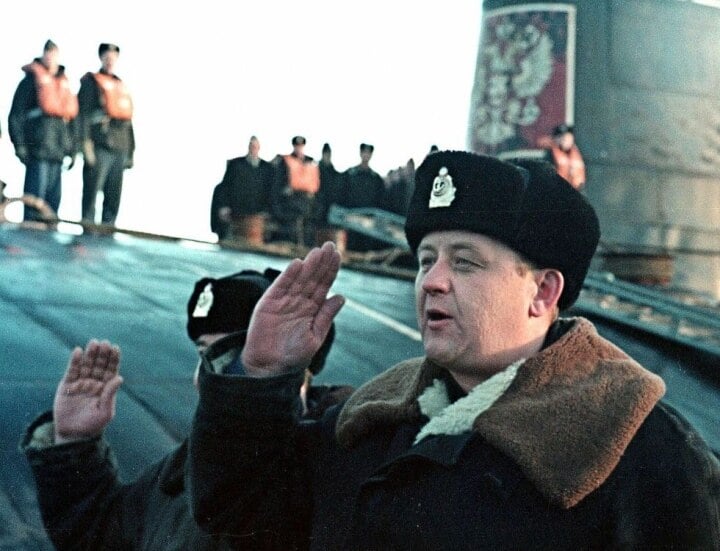
An October 19, 1999 photo of the Kursk submarine's commanding officer, Gennady Lyachin, saluting after a patrol in the Mediterranean Sea.
A P-700 Granit could carry a 740kg conventional warhead (enough to damage an aircraft carrier) or a 500 kiloton warhead (enough to blow up an aircraft carrier with a single shot). Thirteen Oscar I and Oscar II submarines were built, with the K-141 being called the Kursk.
Torpedo failure
Kursk was completed in 1994 and commissioned into the Russian Northern Fleet. On August 15, 2000, Kursk took part in a major exercise with the aircraft carrier Admiral Kuznetsov and the cruiser Pyotr Velikity. Kursk was fully armed with Granit missiles and torpedoes and was to conduct a simulated attack on Kuznetsov.
At 11:20 a.m. local time, an underwater explosion rocked the exercise area. Two minutes later, an even larger blast followed. A Norwegian seismic monitoring station recorded both blasts. Several soldiers involved in the exercise at the time confirmed that the 28,000-ton cruiser Pyotr Velikiy shook violently after the first blast.
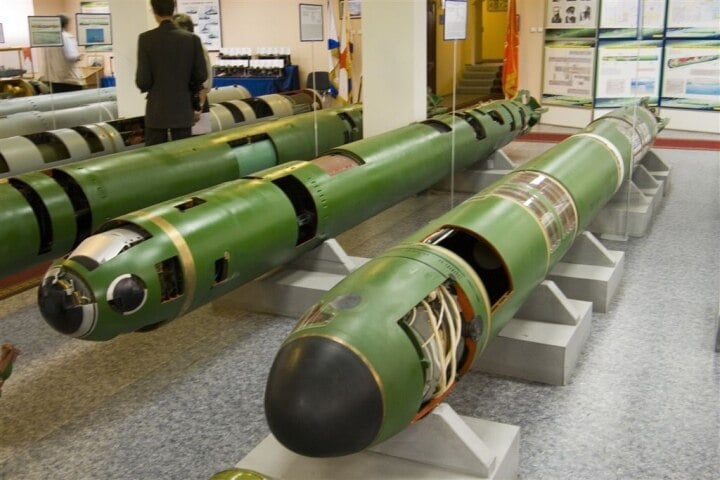
Type 65-76A Torpedo.
The explosions caused the Kursk to sink to a depth of 120m. The explosion tore a large gash in the forward bow of the ship, near the torpedo compartment.
The Russian Navy's investigation board later determined that one of the submarine's Type 65-76A superheavy torpedoes exploded before being fired. The explosion was likely caused by a faulty weld that failed to maintain pressure in the hydrogen peroxide fuel chamber.
Like many torpedoes, the Type 65-76A uses hydrogen peroxide as its underwater fuel. The danger is that this chemical compound can explode if it comes into contact with organic compounds or fire.
According to the US National Library of Medicine (NLM), “hydrogen peroxide itself is not flammable, but can cause spontaneous combustion of combustible materials and continue to support combustion because it releases oxygen as it decomposes.”
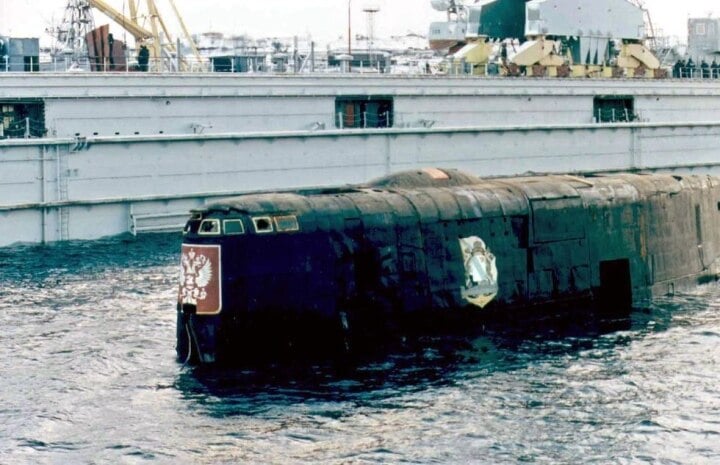
The Kursk conning tower is visible as the submarine is towed to Roslyakovo, Russia.
The fateful moment
What happened on the Kursk? Investigators concluded: A hydrogen peroxide leak caused a fire, which detonated the Type 65-76A's warhead and created a crack in the bow torpedo compartment, which in turn caused the remaining torpedoes to explode and tear the ship apart.
The Kursk's sinking did not kill all 118 crew members immediately. One of the ship's officers, Lieutenant Dmitri Koselnikov, left a letter two hours after the second explosion, listing 23 survivors.
Despite a hastily organized rescue effort, which included British and Norwegian rescue teams, the Russian government was unable to reach any survivors in time. The wreck was raised in 2001 and returned to the Russian Navy's submarine yard at Roslyakovo.
Le Hung (Source: Popularmechanics)
Useful
Emotion
Creative
Unique
Wrath
Source


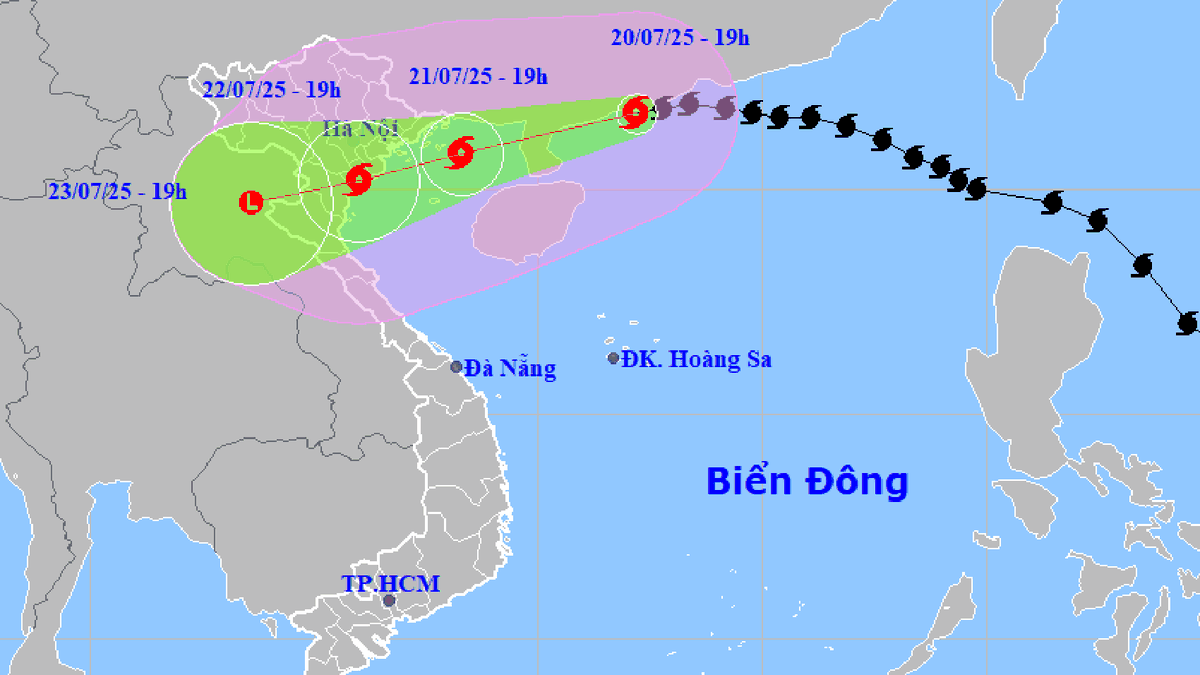




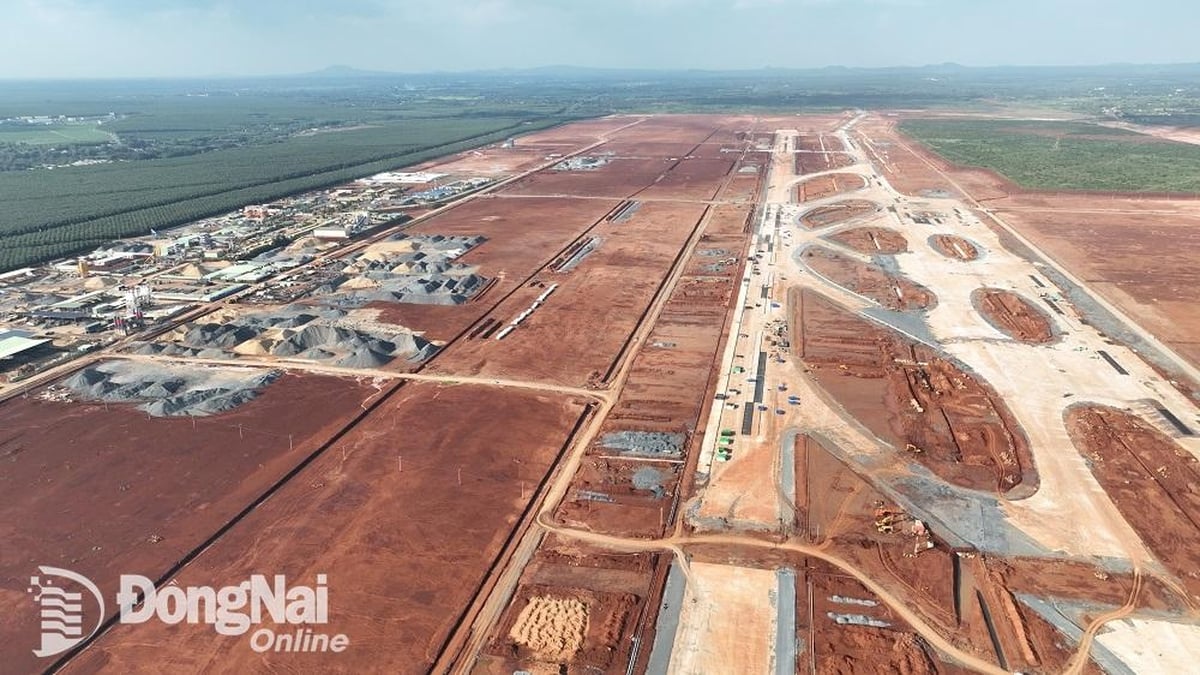
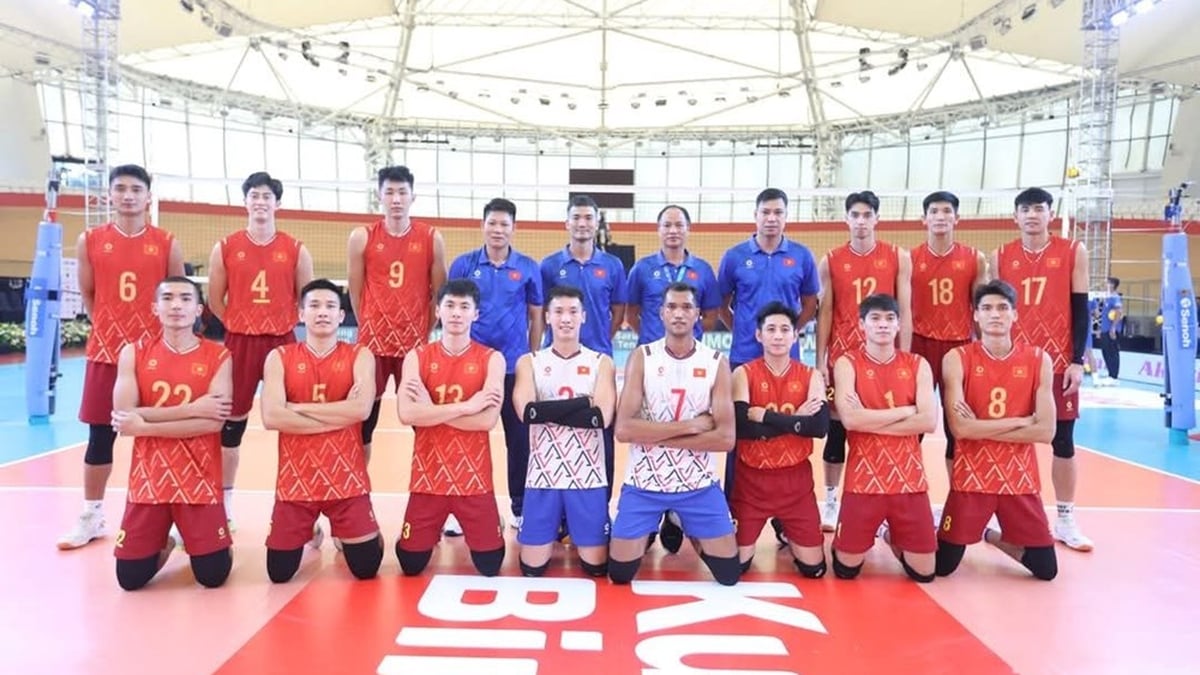


















![[Photo] National Assembly Chairman Tran Thanh Man visits Vietnamese Heroic Mother Ta Thi Tran](https://vphoto.vietnam.vn/thumb/1200x675/vietnam/resource/IMAGE/2025/7/20/765c0bd057dd44ad83ab89fe0255b783)





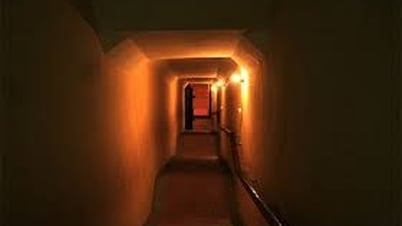

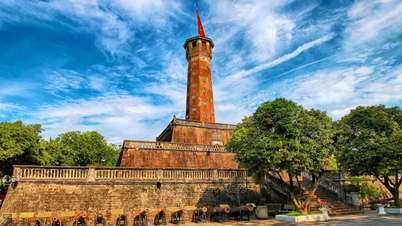























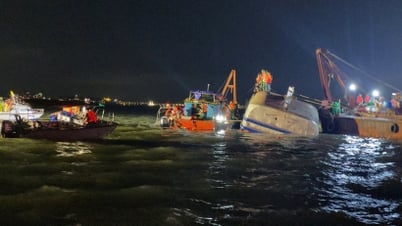


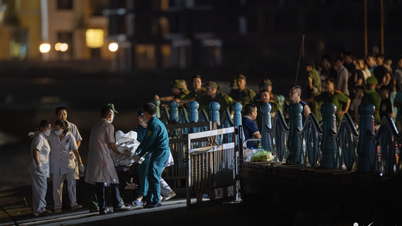































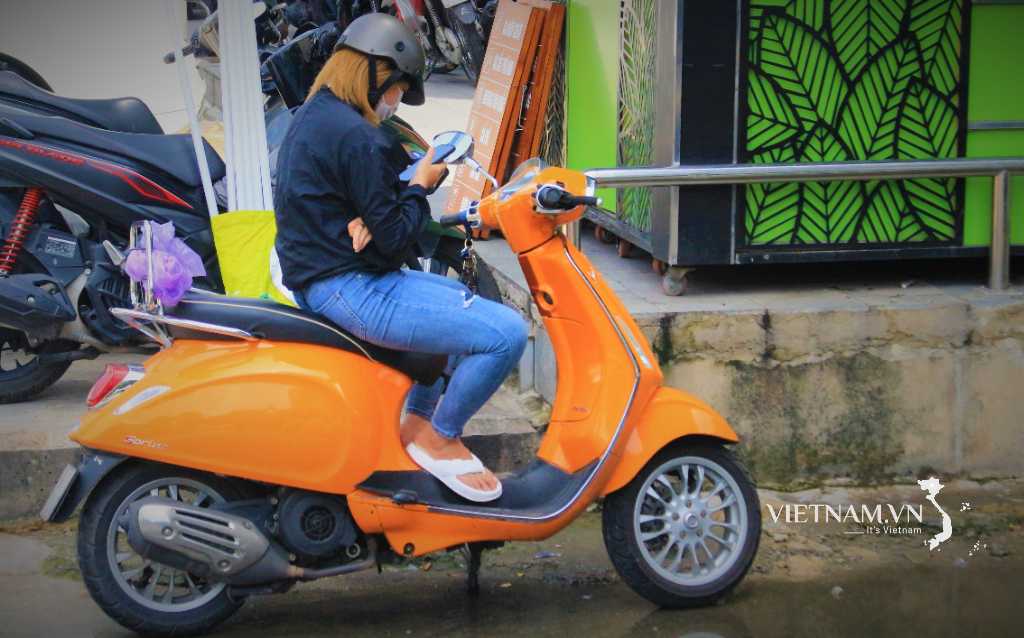


Comment (0)